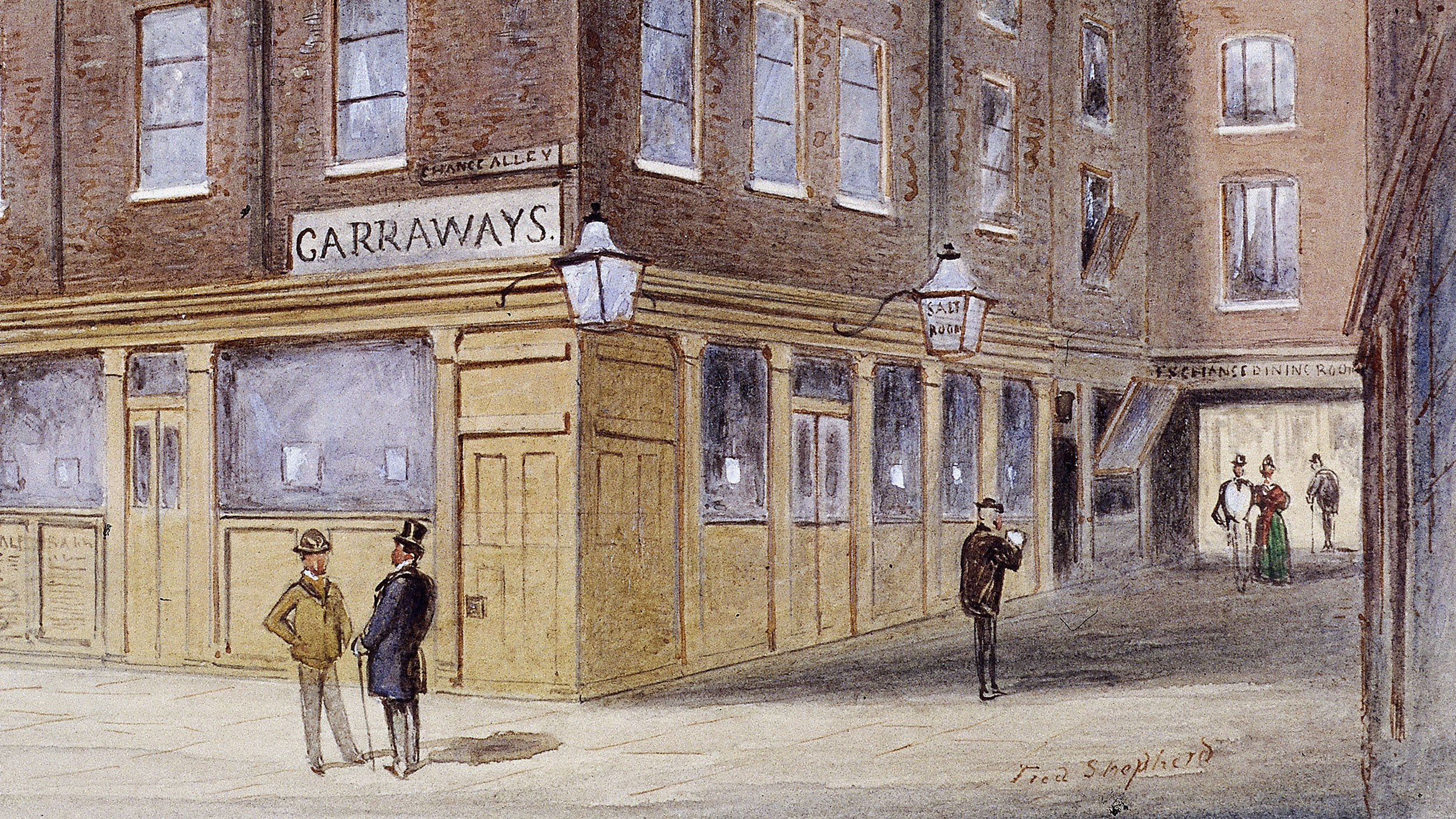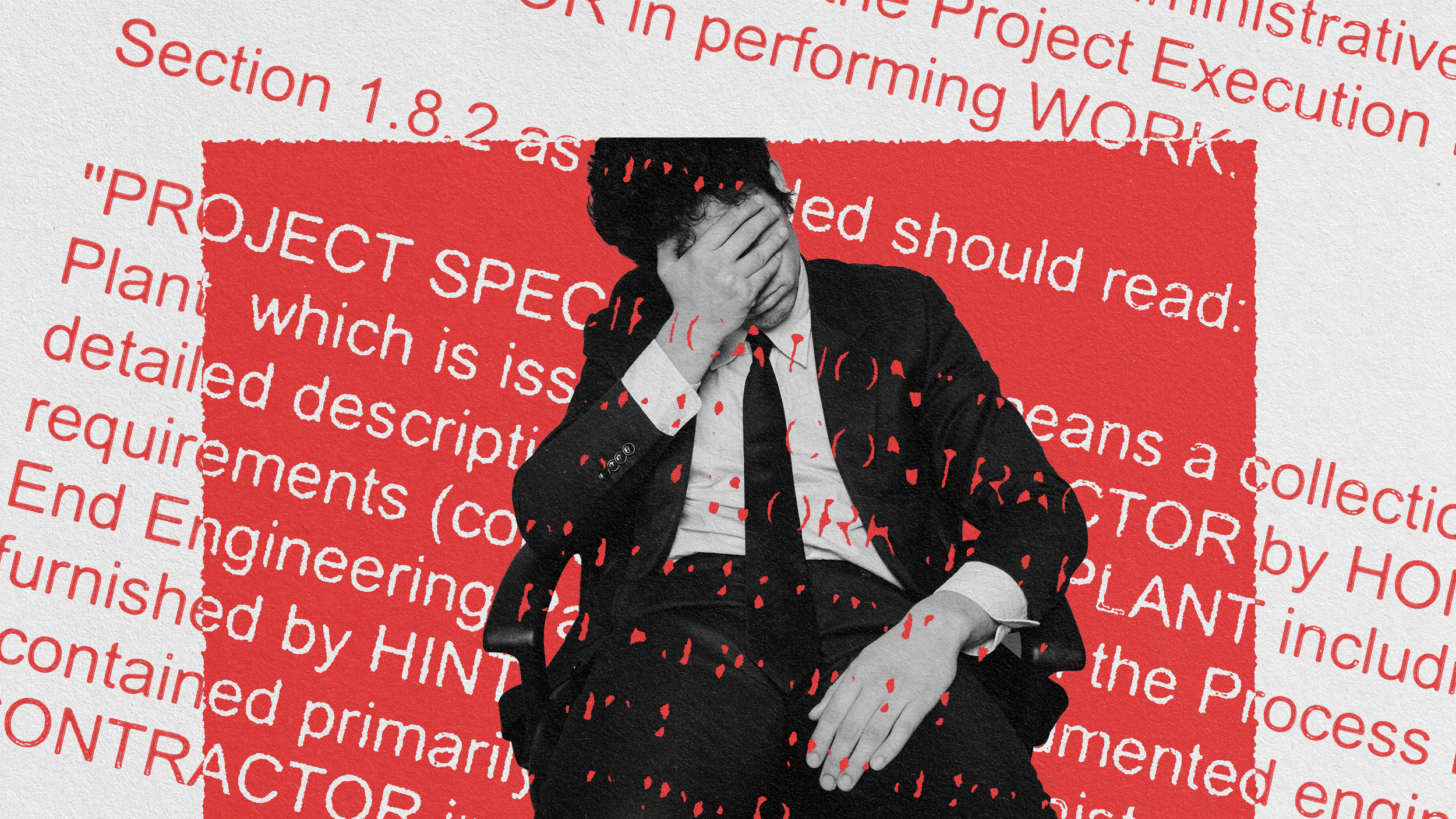The surprising popularity of workplace choirs

The Ghent Altarpiece: Singing Angels by Jan van Eyck
- Workplace choirs are becoming increasingly popular in the U.K. and USA, particularly in companies such as Boeing, Facebook, LinkedIn, and Google.
- Proponents tout choirs as a way to avoid employee burnout, and the research seems to suggest they’re right.
- Singing in choirs comes with a slew of psychosocial benefits that can make the workday a little more bearable.
In some workplaces, you might find yourself taking a break from filling out TPS reports to working on hitting the high notes of “Bohemian Rhapsody.” More and more businesses are encouraging their employees to start work choirs to improve their physical and mental health and promote social cohesion.
It might seem like an odd solution, but workplace choirs are an effective response to employee burnout. A recent Gallup study found that 23 percent of employees feel burned out at work often or all the time, and another 44 percent feels burned out some of the time. Employees who feel burned out are more than twice as likely to actively seek out other employment and 63 percent more likely to take sick days. They’re less confident in their performance, less likely to work with their managers toward goals, and more likely to visit the emergency room.
How did workplace choirs come to be and what are the benefits?
But why is singing being implemented as a solution to this? Part of the reason has to be attributed to the popularity of the 2012 British TV show, The Choir:Sing While You Work, in which choirmaster Gareth Malone trains amateur workplace-based choirs to compete against one another. Over time, more and more businesses in the U.K. began implementing workplace choirs, including Wellington Place’s workplace choir in the video below.
Now, it’s not just U.K.-based businesses that are assembling choirs. Boeing, Facebook, and LinkedIn all have their own choirs as well, and Google has its own a capella group called Googapella. The city of Cincinnati even has its own city-wide choir competition called CincySings that pits different company choirs together.
Jordan Shue, a representative of Americans for the Arts, told the Chorus Connection blog that “[An employee choir] is a way to show employees that you value them and want them to have fun at work. It also challenges them to show their creative sides and work as a team on a project vastly different from what they do in the office day to day. That can have a huge impact on the way they work together in the future and how connected they feel to their company.”
Research backs this up, too. Choirs have been shown to promote a sense of togetherness and social cohesion. Choral singing can be good for your heart as well and can even cause the heart rates of choral group members to rise and fall in tandem. Choirs reduce stress and depression, improve respiratory health and self-esteem, and stimulate cognition. And, crucially for the workplace, singing promotes social bonding.
There’s a good reason why so many companies set time aside for often-underwhelming team-building exercises. Human beings can’t simply spend 8 hours a day as robots; they need to bond with other human beings and be social. Doing so doesn’t just make for happier workers, it also makes for more productive ones — both because of improved personal outcomes and because of the interpersonal connections that singing promotes.
Not a new idea
While implementing a choir in the workplace might seem like something of a fad or a product of a modern-day obsession with creating hip workplaces, singing at work is actually quite old — ancient, in fact. Musician Ted Gioia’s book Work Songs explores the many different historical contexts where laborers sang during their work, whether that was enslaved plantation workers, miners, chain gangs, oyster shuckers, or any other kind of laborers.
“It made the work less arduous, it made the hours roll by,” said Gioia. “It allowed them to have some sort of mastery over their work conditions, which were often very demeaning ones.” Though one might make argue that this kind of hard labor differs significantly from the modern, sterile office, the rising rates of worker burnout belies that contrast and underscore the value of music in the workplace.





